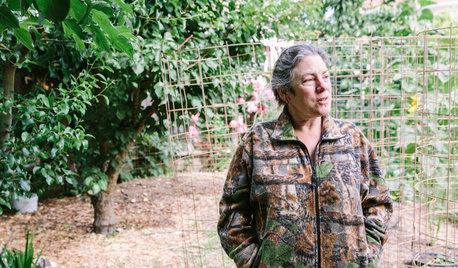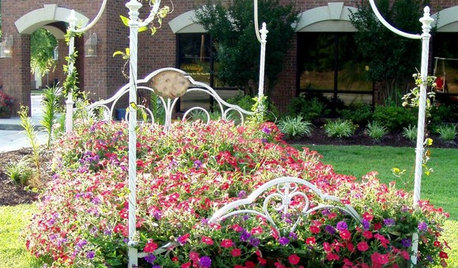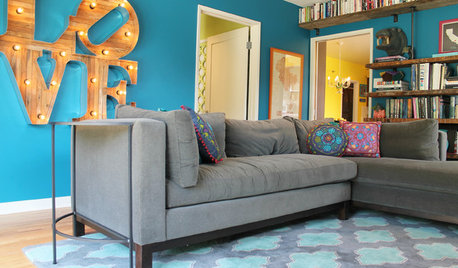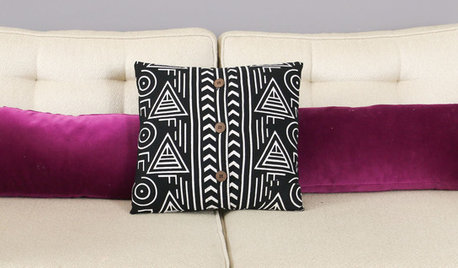local, cheap and good quality growing medium?
paul122
12 years ago
Related Stories

FURNITUREHolding Out for Quality
Cheap furniture has its place, but more shoppers are waiting to invest for the long haul
Full Story
FARM YOUR YARDTo Get the Food They Believe In, These Urbanites Grow Their Own
Home gardeners farming on their city lots find that local, organic food isn’t the only reward
Full Story
GARDENING AND LANDSCAPINGGrow a Lush Privacy Screen
No need to wait forever for patio privacy the green way. These 10 ideas will get your screening up and running in no time
Full Story
FARM YOUR YARD6 Things to Know Before You Start Growing Your Own Food
It takes time and practice, but growing edibles in the suburbs or city is possible with smart prep and patience
Full Story
EARTH DAYGrow a Beautiful Garden With Ecofriendly Greywater
Reducing home water waste means lower bills and a healthier planet. Here's how to set up a greywater home irrigation system that can help
Full Story
HOUSEPLANTSHow to Grow Orchids Indoors
Orchids are the exotic aristocrats of the flower world and can make themselves comfortable in almost any home
Full Story
CONTAINER GARDENSYes, You Can Grow a Plant In That
You can upcycle your old typewriter, paint cans, tires and many more things into places for your plants
Full Story
BUDGET DECORATINGEasy, Beautiful, Cheap: Managing the 3 Points of Home Projects
When you're decorating or building, it helps to be realistic about what's possible. Here are some equations to ponder
Full Story
WORKING WITH AN INTERIOR DESIGNER5 Qualities of a Happy Designer-Client Relationship
Cultivate trust, flexibility and more during a design project, and it could be the beginning of a beautiful alliance
Full Story
DIY PROJECTSMake a Gorgeous (Cheap!) Pillow Using Vintage Clothes
With secondhand fabric and a steady hand on the sewing machine, your pillow choices are endless
Full StorySponsored
Columbus Area's Luxury Design Build Firm | 17x Best of Houzz Winner!






rhizo_1 (North AL) zone 7
paul122Original Author
Related Professionals
Taylorsville Landscape Architects & Landscape Designers · Allentown Landscape Contractors · Edmond Landscape Contractors · Cerritos Landscape Contractors · Choctaw Landscape Contractors · Crystal Landscape Contractors · Cupertino Landscape Contractors · East Lake-Orient Park Landscape Contractors · Hendersonville Landscape Contractors · La Vista Landscape Contractors · Laguna Hills Landscape Contractors · South Lake Tahoe Landscape Contractors · View Park-Windsor Hills Landscape Contractors · Waltham Landscape Contractors · Libertyville Driveway Installation & Maintenancepaul122Original Author
rhizo_1 (North AL) zone 7
gardengal48 (PNW Z8/9)
paul122Original Author
Sherwood Botsford (z3, Alberta)
calliope
paul122Original Author
paul122Original Author
gardengal48 (PNW Z8/9)
paul122Original Author